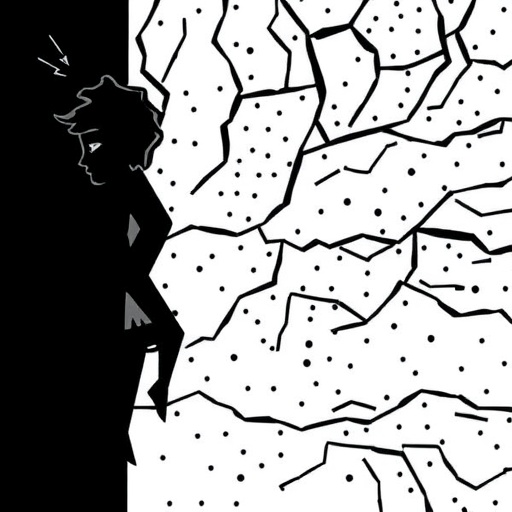Researchers at the George Washington University found the protein dermcidin has the greatest fold change in the chronic skin disease hidradenitis suppurativa
WASHINGTON (April 25, 2019) — Dermcidin, an anti-microbial peptide normally found in human sweat, may play a role in the pathogenesis of this chronic skin disease hidradenitis suppurativa (HS), according to a research team from the George Washington University (GW). Their findings were recently published in Clinical and Experimental Dermatology.
HS is a chronic, recurrent inflammatory disease of the apocrine sweat glands, which impacts 1%-4% of people and is most prevalent in young adults. There are several treatments to help alleviate symptoms, however there is no known cure for the disease.
“Until now, the molecular drivers of HS have been poorly understood,” said Victoria Shanmugam, MD, associate professor of medicine at the GW School of Medicine and Health Sciences. “Traditional therapies have thus far been disappointing. However, TNF-α inhibitors like infliximab and adalimumab have shown efficacy.”
Shanmugam’s team analyzed transcriptome patterns in HS skin to identify transcripts and upstream regulators that are differentially expressed in HS, compared to normal skin. The study found that dermcidin had the greatest fold change in HS and was significantly downregulated in HS specimens.
The team also found that IL37, a cytokine known to be a natural suppressor of innate immune responses, was downregulated in HS specimens compared to normal controls.
“These findings suggest regulators of the innate immune response and particularly antimicrobial peptide production may play a role in HS pathogenesis,” Shanmugam said. The data suggests multiple biological pathways are disrupted in HS, indicating that inflammatory pathways merit additional investigation as potential drivers of the disease.
Further study is needed, she explained, in order to fully understand the role of antimicrobial peptides, particularly dermcidin, in the pathogenesis of HS and whether these pathways lend themselves to the development of new therapeutic options for the disease.
###
The study, titled “Transcriptome Patterns in Hidradenitis Suppurativa: Support for the Role of Antimicrobial Peptides and Interferon Pathways in Disease Pathogenesis,” is published in Clinical and Experimental Dermatology. To view the study, visit onlinelibrary.wiley.com/doi/abs/10.1111/ced.13959.
Media Contact
Ashley Rizzardo
[email protected]
Related Journal Article
https:/
http://dx.




